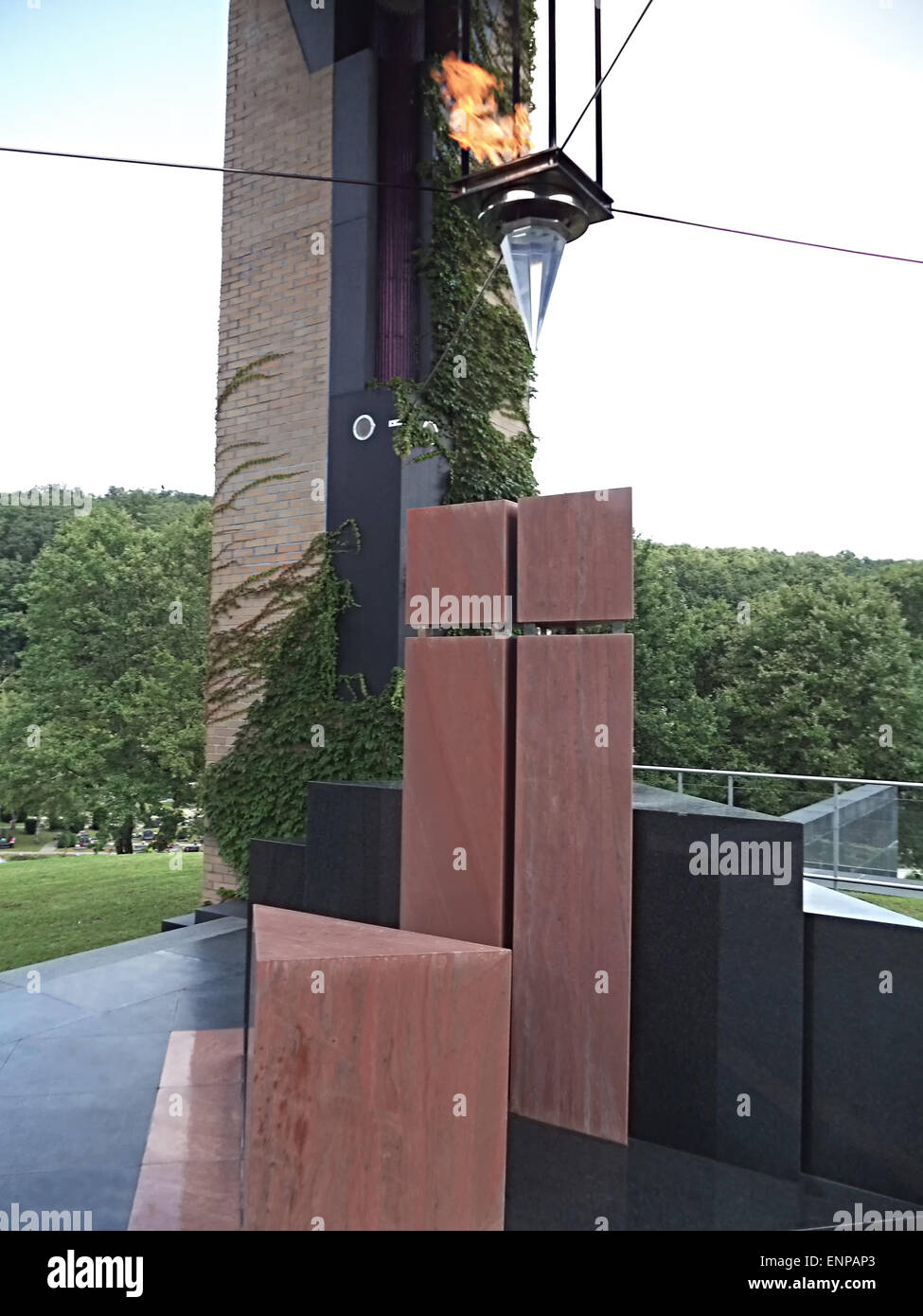

1 where only two levels of analysis/synthesis and interpretation/articulation are indicated. More sophisticated cognitive dynamic systems require hierarchically organized PAC such as that depicted in Fig. Its PAC comprises a simple stimulus-response loop as originally outlined in. In Shannon’s seminal approach, the mouse learns by trial-and-error whenever it bumps into a wall.
Maze of memories loop hero trial#
The maze-solver may be said to exhibit at a very primitive level the abilities to (1) solve problems by trial and error, (2) repeat the solutions without the errors, (3) add and correlate new information to a partial solution, (4) forget a solution when it is no longer applicable. A central control prescribes goals and strategies for problem solving that could be trained by either trial-and-error learning as in Shannon’s construction, or, more generally, by reinforcement learning. The agent is equipped with sensors for the perception of its current state in the environment and with actuators allowing for active state changes. They describe the interaction of a cognitive agent with a dynamically changing world as shown in Fig.

In general, PAC forms the core of cognitive dynamic systems. 1 as a viable generalization of a cybernetic feedback loop. In this way, Shannon technically realized a simple, non-hierarchic perception-action cycle (PAC), quite similar to the more sophisticated version depicted in Fig. Sensation and memory are implemented by a circuit of relays, switching their states after encounters with a wall. The magnet pulls the mouse through the maze. The mouse possesses as an actuator a motorized electromagnet beneath the maze board. Footnote 1 It comprises a maze in form of a rectangular board partitioned into discrete cells that are partially separated by removable walls, and a magnetized “mouse” (nicknamed “Theseus”, after the ancient Greek hero) as a cognitive agent. Shannon, the pioneer of information theory, presented in 1952 a “maze-solving machine” as one of the first proper technical cognitive systems.


 0 kommentar(er)
0 kommentar(er)
